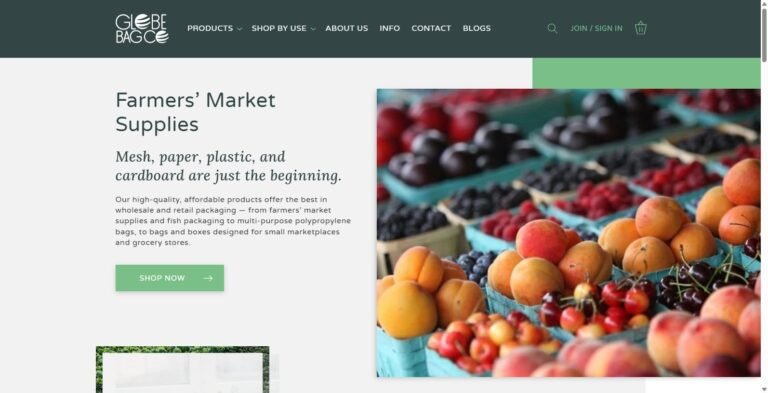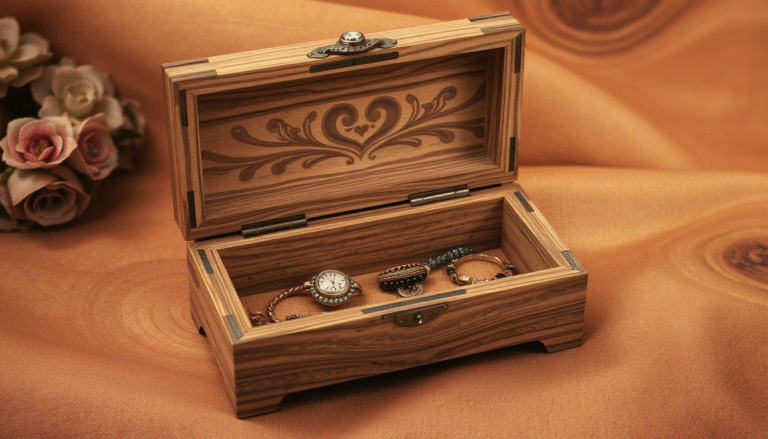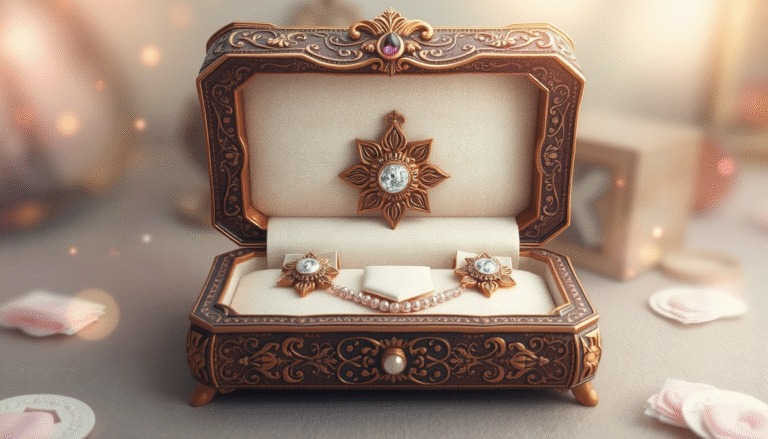Introduction
The ability to find the best jewelry boxes is very important for your business. What you want is packaging that works for your products at a good price that enhances the image of your brand. Purchasing in bulk has more benefits, not just saving money of jewelry boxes. It’s a tactical choice that then shapes your brand, workflow and customer experience. This book provides a professional perspective supported by a strong framework on how to manage this serious process. We’ll help you get the materials, confidently tailor them, vet suppliers, and make smart budget decisions that transform a product purchase into a potent strategy.
Beyond the Box: The Strategic Advantages of Bulk Purchasing

The advantages of wholesale purchase of jewelry boxes go far beyond their price. When executed properly, this investment pays off in spades through savings, brand consistency and business agility. Packaging becomes more than just a cost and becomes an important asset to the business.
We advise for our clients to consider three key values that do have a significant impact: principalColumn.requestFocus())We recommend this bread focus on three big values that actually affect their bottom line, as well as brand value.
-
Unmatched Cost-Effectiveness: The most obvious advantage is that of scale. Manufacturers can work more efficiently on bigger orders, slashing set up fees and waste, which can then be passed on to you. Our customers can expect 30-50% or more cost savings when they consolidate their small orders in mass quantities. That gives you more money to put into marketing, product development or other areas of growth.
-
Consistent Brand Experience: Every customer interaction with your brand is important. Having plenty of identical, high-quality boxes ensures each customer gets the same premium “unboxing experience.” This consistency builds brand recognition and creates the trust that leads to customer loyalty and repeat business.
-
Operational Efficiency: Reordering packaging all the time is a waste of time. You’ll have to purchase less frequently by buying in bulk, allowing you to devote more time to the heart of your business. It also avoids out-of-stock situations, which can delay shipments and disappoint customers, all while simplifying inventory management and budget planning.
Decoding Your Options: A Guide to Jewelry Box Materials and Styles
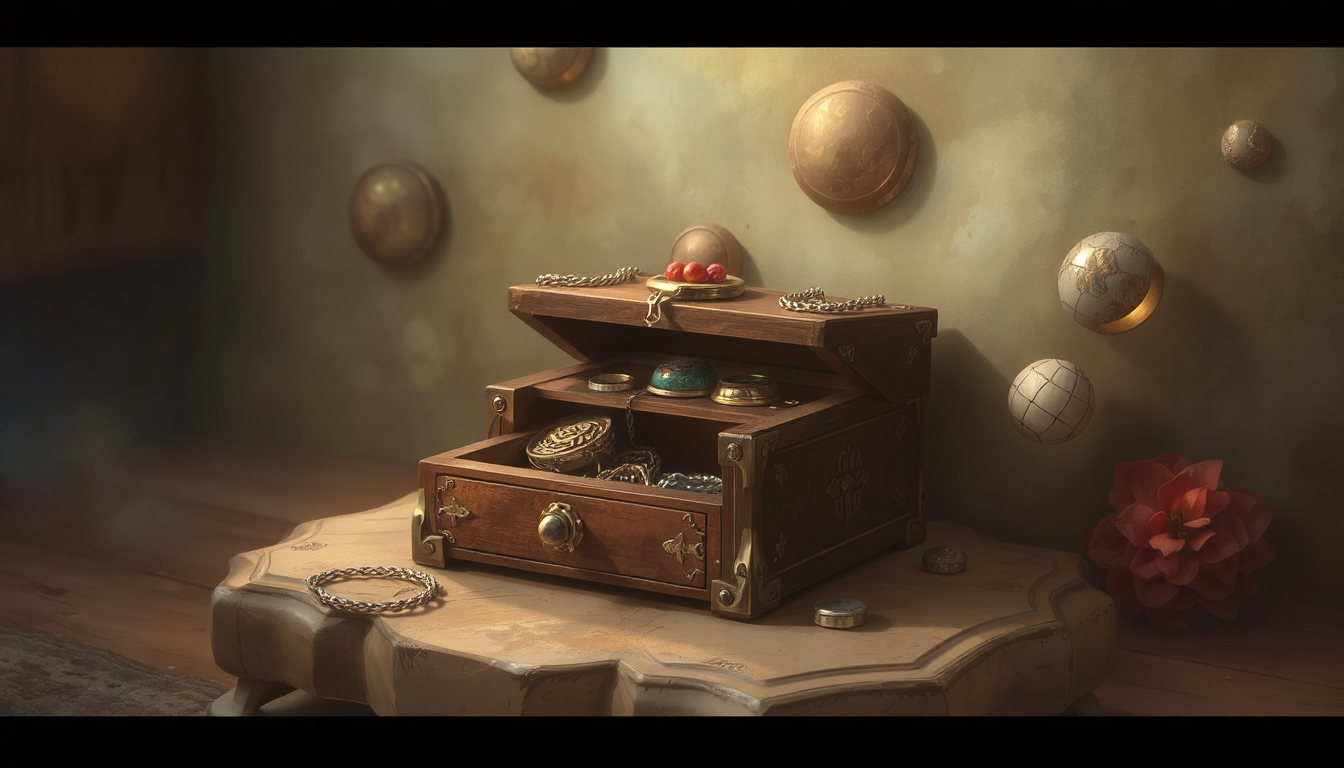
Picking the correct material and style, are essential for beautiful packaging that compliments your jewelry, brand and price range. And the well-informed decision saves expensive regrets. A guide to the most popular choices may help you sort it all out.
Choosing the Right Material
Your box material says something before it’s opened. It impacts how your packaging looks, feels, lasts, and how much it costs as well. Popular selections compared in a chartycopg.
| Material | Key Characteristics | Best For | Approx. Price Point |
| Cardboard/Paperboard | Lightweight, cost-effective, easily foldable, and highly customizable with printing. | Budget-conscious brands, e-commerce, lightweight jewelry, and high-volume needs. | $ |
| Rigid Board (Greyboard) | Thick, sturdy, non-collapsible, with a premium and substantial feel. Offers superior protection. | Luxury products, gift sets, and creating a high-end unboxing experience. | $$$ |
| Plastic/Acrylic | Modern, durable, and often transparent, allowing for product visibility. | Contemporary brands, product displays, and long-term, reusable storage. | $$ |
| Velvet/Fabric-Covered | Classic, soft to the touch, and conveys a sense of traditional luxury and elegance. | Fine jewelry, classic designs (pearls, diamonds), and high-touch presentations. | $$ |
| Wood | High-end, exceptionally durable, with a natural, timeless, and heirloom-quality appeal. | Premium custom pieces, watches, and eco-luxe branding. | $$$$ |
Common Box Styles to Consider
The box construction affects user experience. These three styles are most common in the jewelry industry because they balance function and appearance well.
-
Two-Piece Box (Lid-Off): These two-piece boxes work well for jewelry. It comes with a base and a lid. It is well for almost all kind of jewelry.
-
Drawer-Style Box (Sliding Box): This is a box with a sleeve and inner sliding tray, possibly with a ribbon pull. It offer the most fun and quality unboxing experience.
-
Hinged-Lid Box: Constructed as one piece with a hinged-lid, this style is frequently made with rigid board, and wood. It makes a nice, sturdy feeling that you can store away.
From Basic to Branded: Leveraging Customization for Impact
A plain box is just a product that’s being held. An experience comes in a custom-branded box. Your customized packaging is an amazing value, like a cost-effective marketing team in a box.
Why Your Unboxing Experience is a Marketing Goldmine
In e-commerce, your packaging is often the first physical contact a customer has with your brand. It’s your chance to make a real, emotional connection. As shown by recent studies on customer experience, a better experience directly leads to higher customer retention and sales. This starts with the box. A thoughtful, well-designed package shows quality, care, and attention to detail—values you want linked to your jewelry.
Key Customization Elements
An ordinary box becomes a branded asset through a sequence of crucial decisions. We aid our clients in zeroing in on these high-impact aspects for a seamless, stunning presentation.
-
Logo & Branding: This needs to be done. Your logo is designed to be the cornerstone of your brand identity and needs to be featured prominently and legibly.
-
Color Palette: Think beyond black or white. The colors of your brand can usually be matched by most suppliers, so you have a consistent looking pop-up that matches your website and other marketing materials.
-
Box Inserts: A foam, velvet, or cardstock custom-cut insert does its job and more for your jewelry; it showcases it. It prevents anything from shifting in transit to preserve all items in their inert positions, and syndicates each one just right when you’re ready to unbox.
-
Finishes & Textures: What the box feels like is important. Soft touch finish feels luxe, high gloss finish is modern and textured paper feels hand made. These little decisions add a lot of perceived value.
Understanding Printing and Finishing Options
Having a working vocabulary of the various finishes allows you to talk to suppliers and to choose options appropriate to your brand style and budget.
-
Foil Stamping: Metallic or colored foil is applied to the box by heat and pressure. It’s great for upload and adding a metallic shine to traditional logos, but also can be used as a standalone to create beautiful typography.
-
Embossing/Debossing: embossing provides raised logo effect and debossing the inverse effect. Both lend a refined, tactile quality to the packaging.
-
Spot UV: a clear glossy finish that can be placed in specific areas on the box (like your logo or part of design). Embossing leaves a very gentle contrasting look that is not shiny and makes details pop.
The Smart Sourcing Framework: How to Vet Wholesale Suppliers
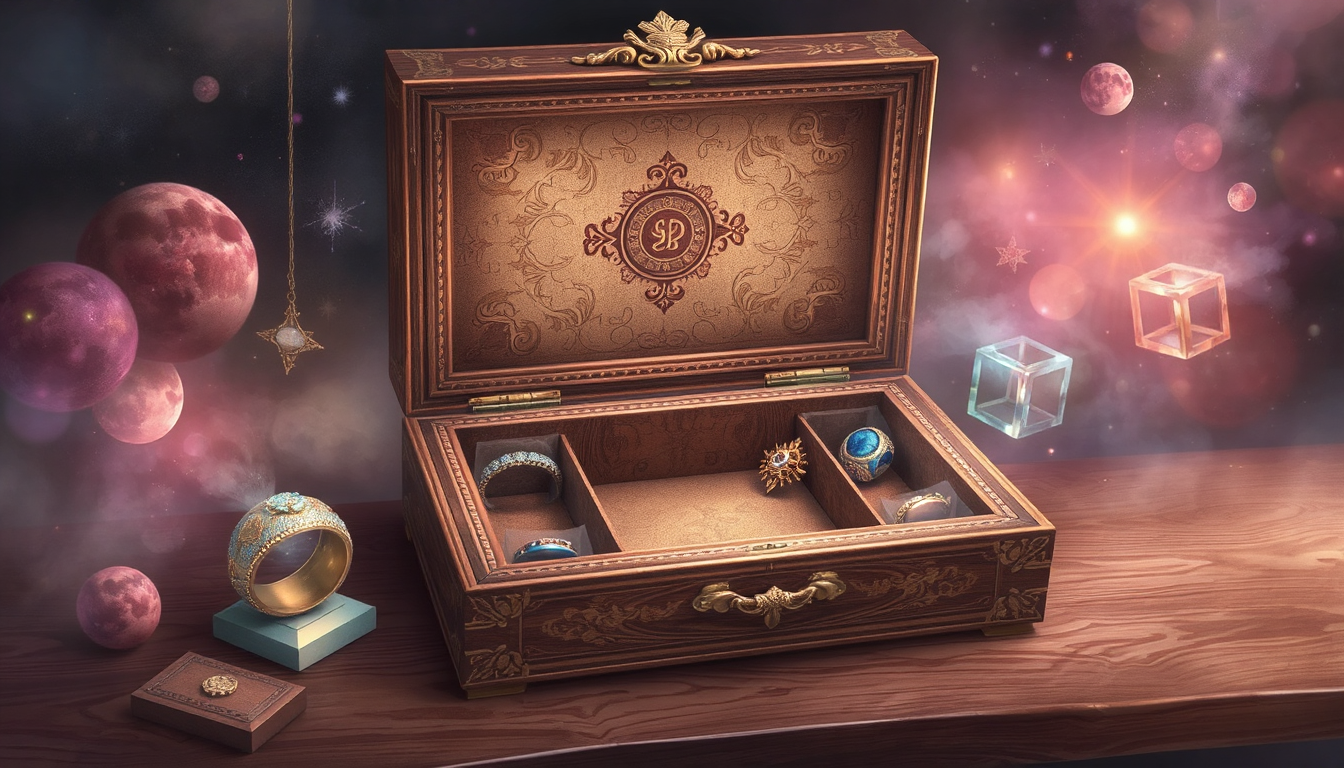
As critical as it is to design the perfect box, finding the right manufacturing partner is just as important. A good supplier will deliver quality, on time and communicate clearly. A bad one can slow you down and produce bad products. Here’s a step-by-step plan to help you search for and vet potential suppliers.
Where to Find Potential Suppliers
Your quest would usually take you to three primary sources. We recommend trying all of them to build a robust shortlist of candidates.
-
B2B Marketplaces: You can access thousands of manufacturers across the globe via platforms like Alibaba and Faire, so it’s simple to compare options.
-
Direct Manufacturer Websites:Several packaging manufacturers do have their own websites. Direct relationships can also lead to more competitive pricing and communication.
-
Industry Trade Shows: Meeting suppliers face to face at packaging or jewelry trade shows can allow you to touch samples or make relationships on a direct to supplier basis.
Your Supplier Vetting Checklist
From our work with growing businesses, we know that asking the right questions in the early days is crucial. Use this list to help you vet any potential supplier before handing over a contract.
-
Minimum Order Quantity (MOQ): Request for their MOQ. Why it matters: You want to make sure the minimum requirement you are required to order does not break the bank and you can sell and store the amounts required when it comes time to place your orders.
-
Pricing Tiers: Request a detailed pricing sheet. Why it matters: You need to know exactly how the per-unit price drops as order quantity increases (e.g., at 1,000, 5,000, and 10,000 units). This helps with long-term planning.
-
Sample Policy:Find out if you are able to receive a physical, fully customized sample. The bottom line: This is quality control’s critical step. Tactile feeling: You can’t see the embedded design, feel the thickness and compare the texture from a digital proof.
-
Lead & Production Times: Understand how your timeline will be from the approval of the design to delivery. Why it matters: You’ll want to account for this in your inventory planning to make sure you don’t run out of stock while waiting for your next shipment.
-
Shipping Costs & Logistics: You should also request a complete shipping cost estimate and their nearest port. Why it matters: Shipping overseas and customs fees can make a substantial difference in your final price. A reputable supplier should also be able to give you an “all-in” quote.
-
Material & Quality Certification: Inquire about material certificaitons and quality control processes. The big picture: This should leave you with certainty in the quality of materials and predictability of your end product.
-
Communication & Support:Determine fast your sales contact gets back to you. Why it matters: Clear, quick communication during the vetting process indicates the level of support you can expect when you are in production.
The Green Choice: A Guide to Sustainable Jewelry Box Sourcing
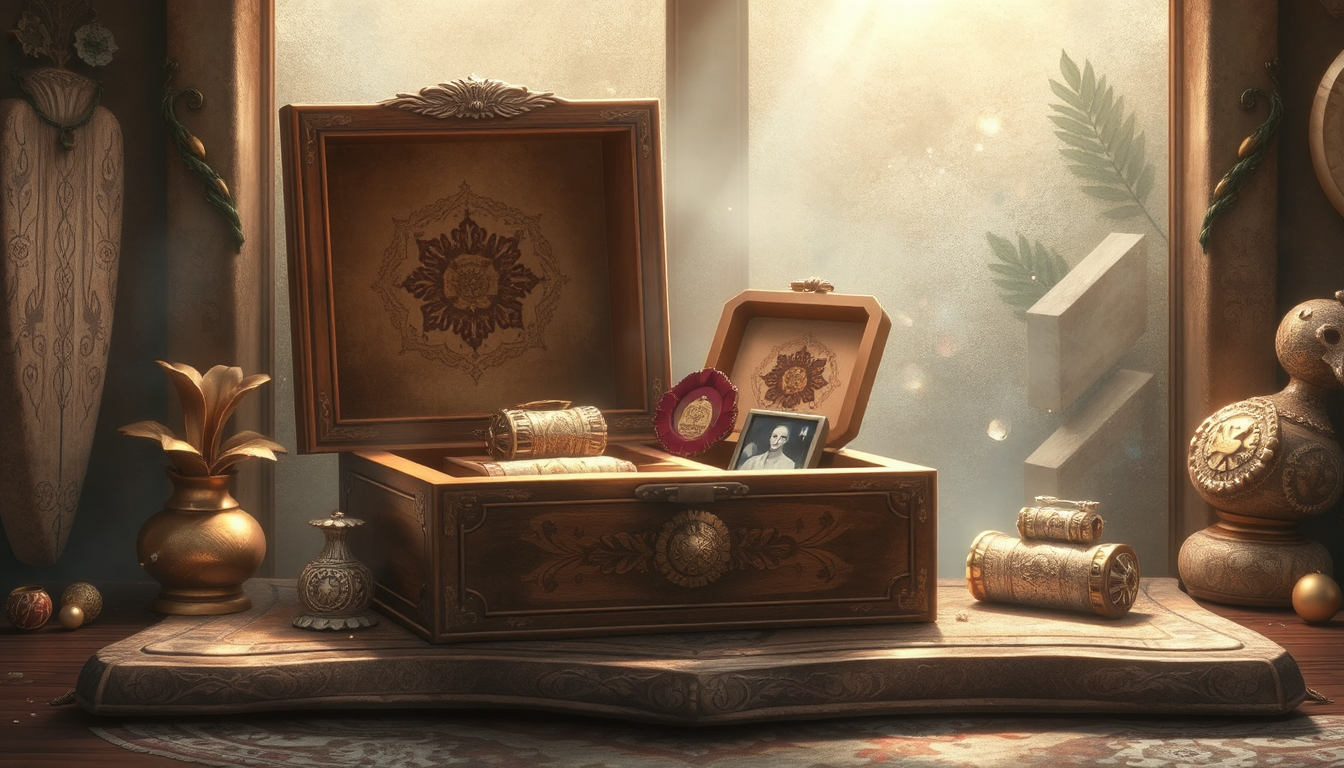
And now, sustainability is no longer a nice-to-have — it’s a core business value. The public is more and more behind brands with an environmental conscience. Eco-friendly packaging is a powerful means to stand in solidarity with these values.
Why Eco-Friendly Packaging Matters More Than Ever
Choosing sustainable packaging has two benefits. First, it appeals to the growing number of eco-conscious consumers, improving your brand image. Second, it helps reduce your company’s environmental impact. As noted by industry analysts exploring trends in sustainable e-commerce packaging, sustainable materials and design are becoming a competitive advantage, not just an option.
What to Look for in Sustainable Jewelry Boxes
Green packaging — it’s a confusing business. We advise concentrating on these tangible, easy-to-measure attributes when discussing options with suppliers.
-
Recycled Content: Ask for boxes made from a high percentage of post-consumer recycled paper or board. This reduces waste and the need for new materials.
-
FSC Certification: Keep an eye out for the FSC sign. Paper products that come from managed forests may be certified by the Forest Stewardship Council. This verification also provides a transparent chain of custody from the forest to the box.
-
Soy-Based Inks: Soy based inks or other vegetable based inks instead of petroleum based inks. They are also better for the environment and make paper easier to recycle.
-
Recyclable Design: Consider what happens to your box after use. A simple paper box is easily recyclable, but adding plastic windows, magnets, or foam inserts can make recycling difficult or impossible. Choose designs that can be easily taken apart or made from a single material.
Conclusion
The decision you make when choosing where to buy your bulk jewelry boxes is the moment you stand apart from your competition. It is a strategic decision that involves cost, quality and brand identity. Through researching options, leveraging customization as a marketing strategy, carefully vetting suppliers, and exploring sustainability, you make sure your business is here for good. This is not a purchase but an investment in your brand as your customer’s first impression of your brand is worth to remember.
FAQ
-
What are the main benefits of purchasing jewelry boxes in bulk?
The top advantages are reductions in costs of 30-50%, brand consistency across all customer touch points, and better operational efficiency with less reordering in addition to inventory management. -
What materials are best for high-end jewelry packaging?
For high-end jewelry packaging, rigid board (greyboard), velvet/fabric-covered boxes, and wood boxes are best as they convey luxury, offer superior protection, and create a premium unboxing experience. -
How can I customize jewelry boxes to enhance my brand?
Use your brandingTake your brand to the next level by printing your logo on the outside, your brand colors and finish with your own box inserts and add foiling, embossing or spot UV treatments. -
What’s the most important factor when vetting jewelry box suppliers?
The biggest thing though is sample policy – do you have the ability to order a 100% custom physical sample before doing a bulk order to verify quality, color accuracy, and construction. -
What sustainable options are available for jewelry boxes in bulk in 2025?
Sustainable packaging includes boxes made from high levels of post-consumer recycled content, FSC-certified materials, and soy-based inks for printing and are recyclable through standard means (avoiding complicated mixed materials).


